Most events in the world follow a cause-and-effect sequence, but there are some incidents that defy this. Psychologically, they might seem impossible. But, coincidences are more common than we think. Humans are a species that depend on actions, results, orderly traits, and the random chance these coincidences happen in our lives. But, we are often inclined to not believe in coincidences. Yet, time and time again, history has found a way to surprise us. So, here are some of the freakiest coincidences in history that you might enjoy reading about.

5% Discount Coupon: Unknown Tentsile
1. During WWII, the German ship SMS Cap Trafalgar tried to sneak through a British blockade by disguising itself as the British ship HMS Carmania. But, the first ship that spotted them was the very ship it was pretending to be.
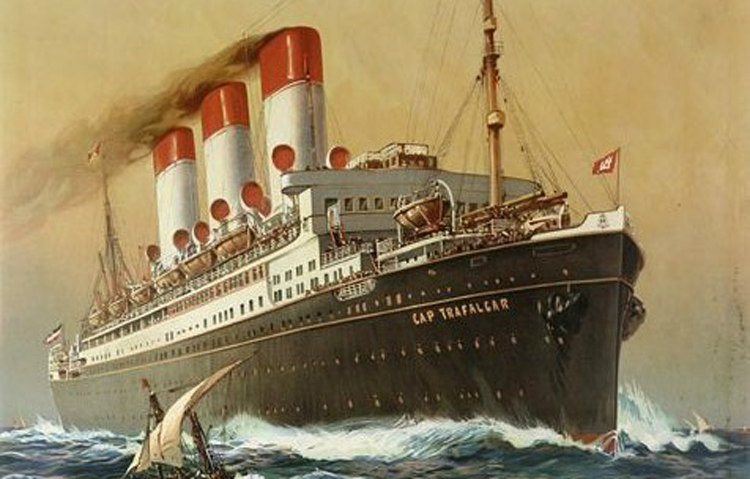
After war was declared in August 1914, Cap Trafalgar was requisitioned by the German Imperial Navy to sink British merchant ships. However, on September 13, after a fruitless first cruise, it returned to Trindade Island to refuel. On September 14, the ship was discovered by the armed HMS Carmania. Carmania was, in fact, converted into a convoy escort and raider specifically designed to flush out German colliers and small warships using the island against British merchant shipping.
Coincidentally, Cap Trafalgar was disguised as Carmania at that time. Having spotted the German ship’s smoke early in the morning, Carmania surprised it with two colliers a few hours later. A battle ensued between them and both ships suffered serious damages. Although colliers were able to save 279 sailors from the wreck, around 51 were killed during the battle. Cap Trafalgar had completely sunk and Carmania was rescued and brought to Pernambuco, Brazil, by other units of Royal Navy the next day.
2. In 1941, when Soviet anthropologists exhumed a Turkic ruler’s tomb, they found an inscription containing a warning. The warning said that whoever dared disturb his tomb would unleash invader more terrible than him. Three days later, Nazi Germany invaded the USSR with over four million soldiers.
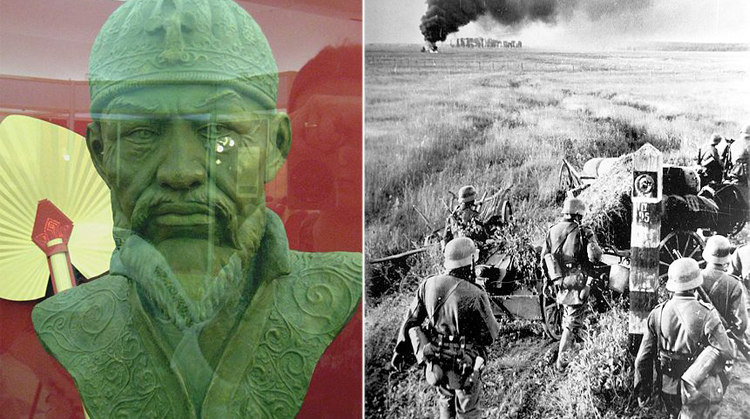
Timur, also known as Amir Timur and Tamerlane, was a 15th-century Turco-Mongol conqueror. Timur founded the Timurid Empire in Persia and Central Asia as its first ruler. On June 19, 1941, three Soviet anthropologists exhumed his tomb to examine his remains. It is said that his tomb was inscribed with the words, “When I rise from the dead, the world shall tremble.” An additional inscription was also said to be found when the body was exhumed. The inscription read, “Whomsoever opens my tomb shall unleash an invader more terrible than I.” Three days after the exhumation began, Adolf Hitler launched Operation Barbarossa, the largest military invasion on the Soviet Union of all time. In November 1942, Timur was buried with a full Islamic ritual after the Soviet had achieved victory at the Battle of Stalingrad.
3. In 1835, when Richard Lawrence tried to assassinate the then US President Andrew Jackson—his pistol didn’t go off. A scuffle ensued and Lawrence fired from a second pistol, which didn’t go off either. However, later when both the pistols were test fired, they worked perfectly well.
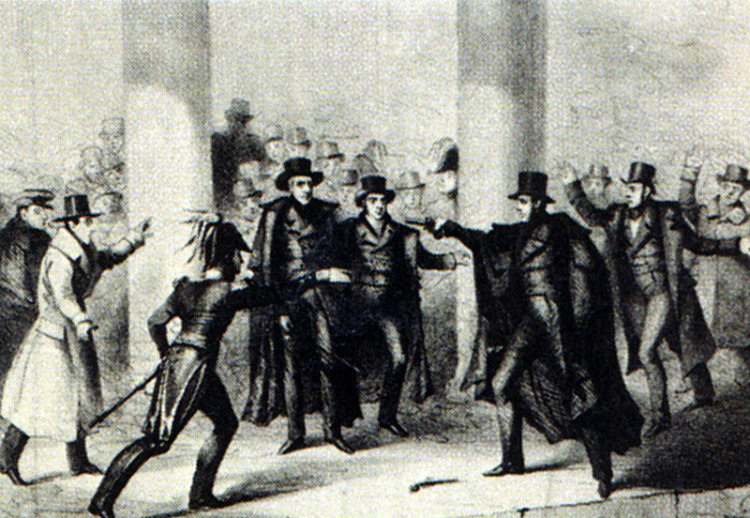
Lawrence, a house painter, spent weeks observing Jackson’s movements before carrying out his assassination attempt. On January 30, 1835, Jackson was attending South Carolina congressman Warren R. Davis’s funeral. Lawrence originally planned to shoot Jackson as he was entering the service, but he couldn’t get close enough to do it. So, he placed himself near a pillar that Jackson would pass. He stepped out when Jackson was near and fired the first pistol. When that misfired, he took out another pistol—which also misfired. When Jackson noticed what was going on, he began to beat Lawrence with his walking stick and the crowd wrestled him down. Lawrence was found not guilty by the reason of insanity—since he was prone to wild rants and wouldn’t recognize the legitimacy of the trial.
4. In late 1864, Edwin Booth saved a man—whose name he didn’t know—from being hit and killed by a train. In less than a year, his brother John Wilkes Booth assassinated Abraham Lincoln. Months later, Booth received a letter from a friend complimenting him for saving the life of Lincoln’s son Robert Lincoln.
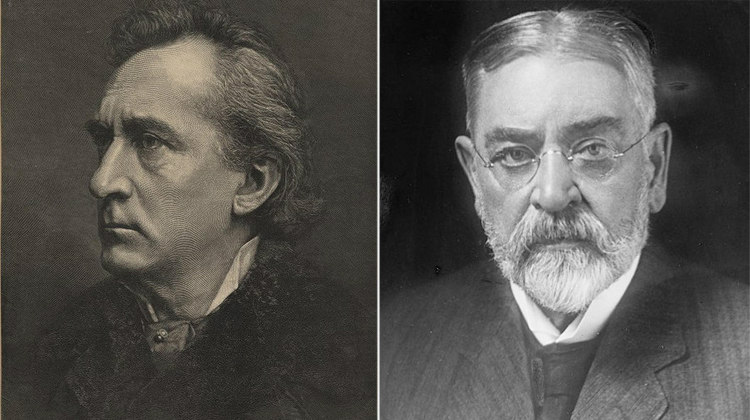
Edwin Thomas Booth was a 19th-century American actor who worked on Shakespearean plays and also founded Booth’s Theatre in New York. He toured throughout America and Europe, and was particularly famous for his portrayal of Prince Hamlet. According to the letter Robert Lincoln wrote to a friend in 1909, Edwin Booth saved him from a certain death. While purchasing a ticket for a sleeping car from the conductor, there was overcrowding and Lincoln was pressed against the car’s body. As the train started moving, he got twisted and his feet dropped into the space between the train and the platform. Then, he was pulled back by his collar and when he turned back to thank his rescuer, he found it was Edwin Booth—whose face he knew quite well.
Booth, on the other hand, didn’t know whom he had rescued until he received a letter from his friend Colonel Adam Badeau—who was an officer of staff for a General Grant who served Lincoln. It is believed that Booth received some consolation from this incident—considering his brother assassinated Lincoln’s father.
5. During the Cold War, one of the Russian spies in America accidentally spent a hollow coin used for secret communications. The coin was paid to a paperboy who discovered the message—and handed it to authorities. A defected Russian spy was then asked to help decode the message, which turned out to be instructions for him after arriving in America as a Russian spy.
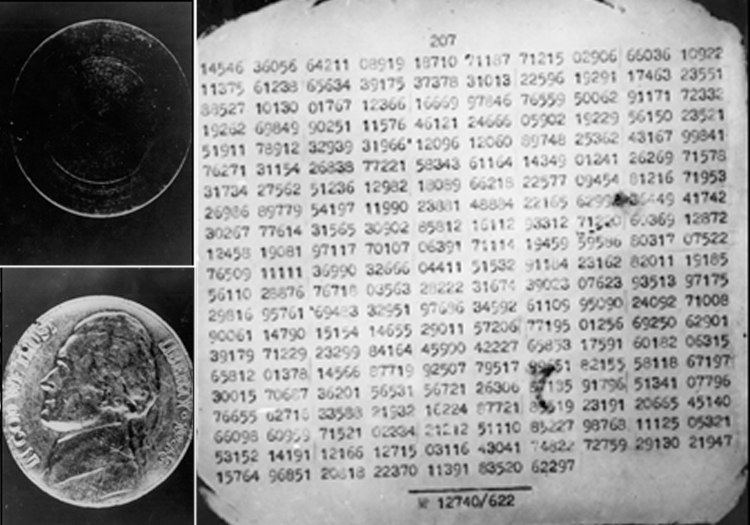
After collecting for the Brooklyn Eagle on June 22, 1953, a newspaper boy found that the nickel he was paid was too light. When he dropped it, the nickel popped open and inside was a microfilm with a series of numbers printed in 207 sets of five digits. He then told a police officer’s daughter about it and then the officer told a detective about it, who then informed the FBI. The FBI wrestled with the code for nearly four years until, a KGB agent Reino Hayhanen decided to defect in 1957 after being recalled to Moscow. Hayhanen gave the FBI the information they needed to crack the message. The message, however, turned out to be only a personal one, to Hayhanen himself from the Moscow KGB welcoming him to the US and instructing him on getting set up.
6. In 1805, Lewis and Clark’s interpreter, Sacagawea, was getting nowhere with the talks between Native Americans who believed they were a war party. During the interaction she realized their chief was actually her long-lost brother. This completely changed the direction of the talks.
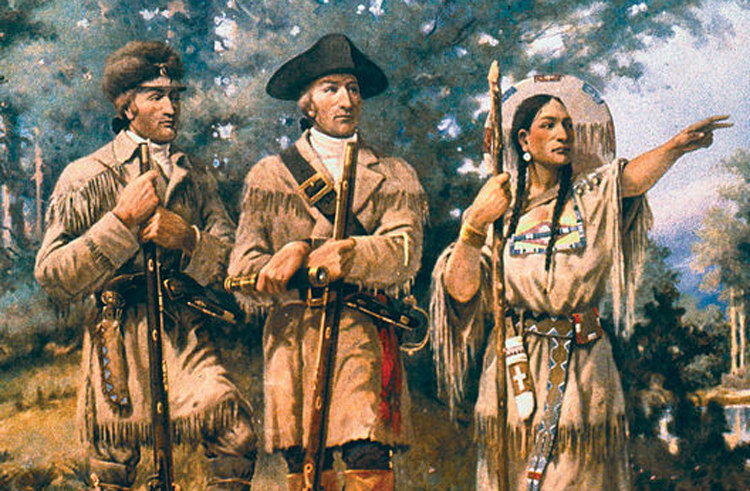
Sacagawea was a Lemhi Shoshone woman born in Lemhi County, Idaho. When she was 12 years old, she was kidnapped during a battle along with several other girls. A year later, she was sold into a marriage to Toussaint Charbonneau, a Quebecois trapper from Hidatsa Village—near present-day Washburn, North Dakota. By the time she was 16, Captains Meriwether Lewis and William Clark arrived at the villages and hired Charbonneau as an interpreter—as they found that his wife could speak Shoshone.
In 1805, Lewis, Clark, and Sacagawea were able to locate a Shoshone tribe. At the time, they were trying to buy horses so that they could cross the Rocky Mountains. While Sacagawea was interpreting, she discovered that the tribe’s chief, Cameahwait, was her long-lost brother. Lewis wrote in his journal that their union was, “really affecting,” and Clark wrote that they, “danced for joy,” and, “sung all the way to their camp.” The Shoshone traded their horses and even provided guides to help them cross the mountains.
7. Austrian composer Arnold Schoenberg was afraid of number 13 so much that he called it 12A instead. When he turned 76 (7+6=13), he stayed in bed all day on Friday, July 13, 1951—anxious to avoid any danger. He died just before midnight.
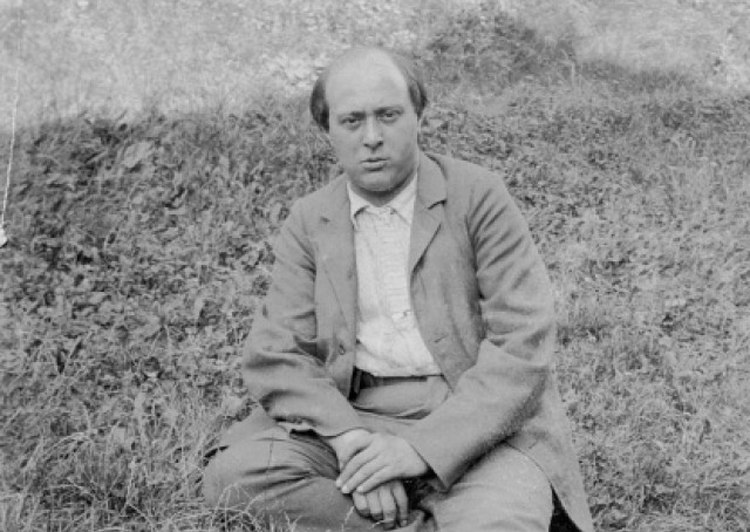
Arnold Schoenberg was an Austrian composer, music theorist, and painter. He was well-known for developing the most influential version of dodecaphonic/twelve-tone method of composition. He had triskaidekaphobia—the fear of number 13—and feared that he would die in a year that was a multiple of 13. But in 1950, an astrologer warned him on his 76th birthday to be careful. It was on this birthday that as the digits in his age add up to 13. Until then, Schoenberg only feared multiples of 13 and didn’t consider adding digits of his age. He stayed in bed all day on Friday the 13th in July the next year, depressed, anxious, and sick. According to a telegram by his wife, he died 15 minutes before midnight. Interestingly enough, he was born on 13th of September, 1874.
8. At the 1936 Olympic games, competitors from Liechtenstein were shocked to discover their flag was identical to that of Haiti. The next year, Liechtenstein added a crown to their flag.
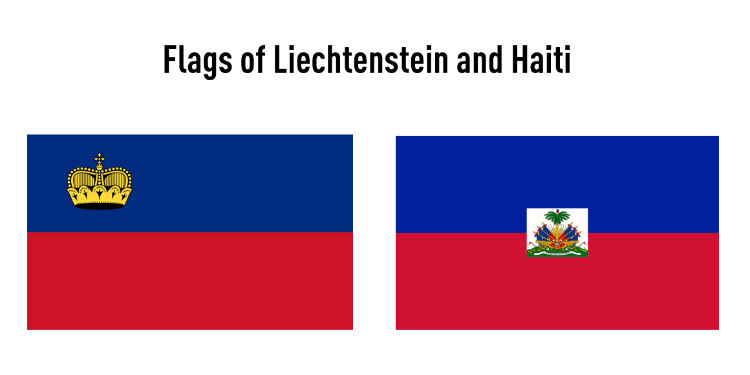
The 1936 Summer Olympics was held in Berlin, Germany—when the Nazi Party came to power. The games created several controversies, such as the decrease in the number of Jewish participants. One of the controversies was the coincidence in which Liechtenstein realized that their flag was identical to that of Haiti—though Haiti only attended the opening ceremony that year. To distinguish their flag from Haiti’s, Liechtenstein added a crown to their flag the following year.
9. On the day of his assassination, Archduke Franz Ferdinand had narrowly missed a previous attempt which had injured his men. He decided to visit them in the hospital and his driver took a wrong turn and stopped a few meters away from the assassin—who promptly shot the Archduke. This incident would be the jumpstart to WWI.
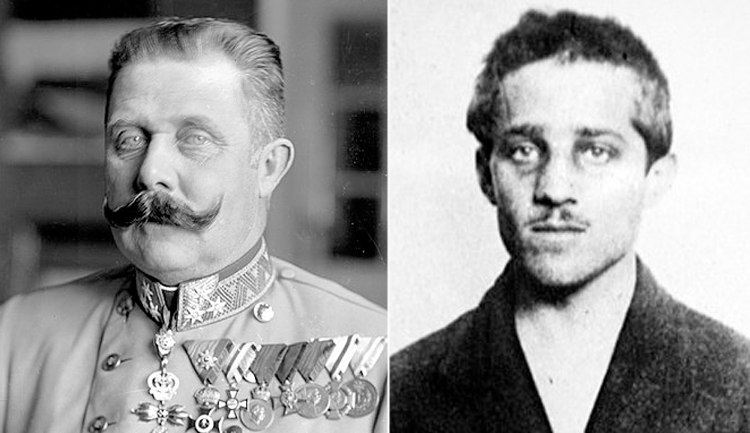
Archduke Franz Ferdinand of Austria was the Royal Prince of Hungary and of Bohemia and heir presumptive to the Austro-Hungarian throne. On June 28, 1914, he and his wife were attacked by Nedeljko Čabrinović—who threw a grenade. After exploding, the grenade—that detonated behind the royal couple—injured multiple people in the following car. Nedeljko Čabrinović was a member of Young Bosnia and one of seven young men of a secret society known as the Black Hand who conspired to assassinate the Archduke.
After a short rest, the Archduke and his wife decided to visit the injured at the local hospital. However, the drivers were not told that the route in they were supposed to go had been changed. After discovering the error, the drivers tried to turn around and the line of cars stalled. Gavrilo Princip, another member of Black Hand, was in that very street sitting in a cafe across them. He seized the opportunity, walked across, and shot the Archduke’s wife in the stomach and the Archduke in the neck. They both died on their way to the hospital. Because of the assassination, Austria-Hungary declared war against Serbia, which led to the allies of both sides joining, starting the First World War.
10. There have been deaths or attempted assassinations of US presidents elected or re-elected in years evenly divisible by 20. It’s often referred to as the Curse of Tippecanoe.
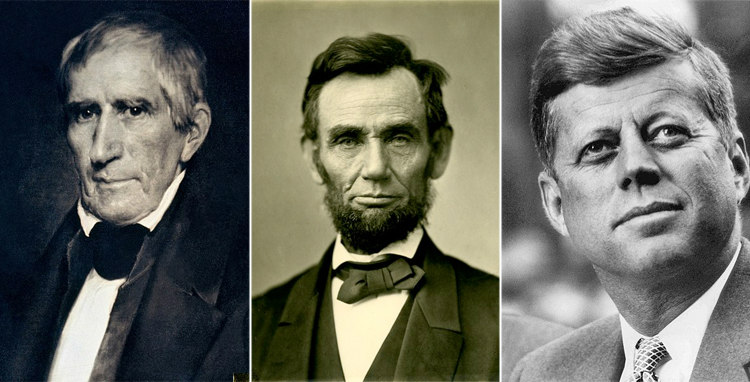
According to Ripley’s Believe It or Not!, the deaths began with William Henry Harrison, who died in 1841 after being elected in 1840. The Curse of Tippecanoe—or Tecumseh’s Curse—was named after the Battle of Tippecanoe. This battle featured Harrison, who used questionable tactics while negotiating a treaty. This angered Tecumseh, the Shawnee leader. As the story goes, Tecumseh’s brother, also known as The Prophet, cursed Harrison and all the future presidents elected during the years similar to Harrison’s.
For the next 120 years—until 1960—, the presidents elected in years divisible by 20 had died because of assassination or other reasons. After Harrison, it was Abraham Lincoln elected from 1860, James A. Garfield from 1880, William McKinley from 1900, Warren G. Harding elected from 1920, Franklin D. Roosevelt from 1940, and John F. Kennedy from 1960. After that, there have only been assassination attempts—but no deaths—on Ronald Reagan from 1980 and George W. Bush from 2000.
Source : unbelievable-facts.com

Facebook Comments